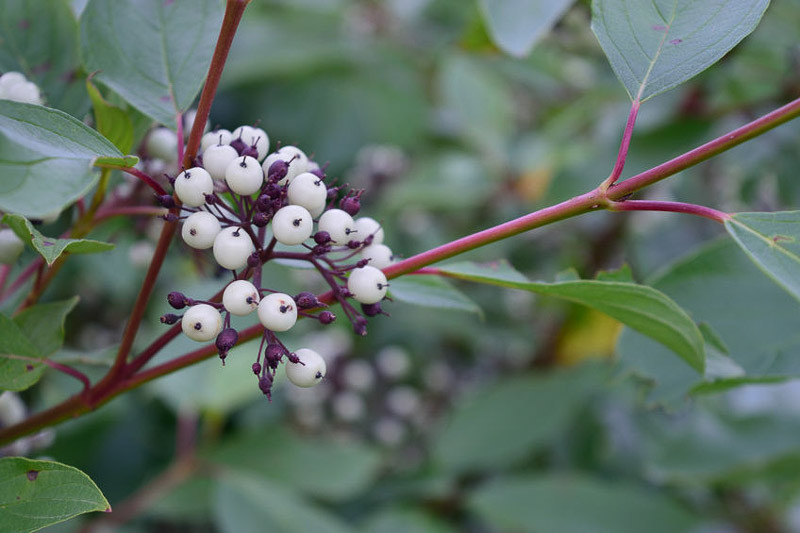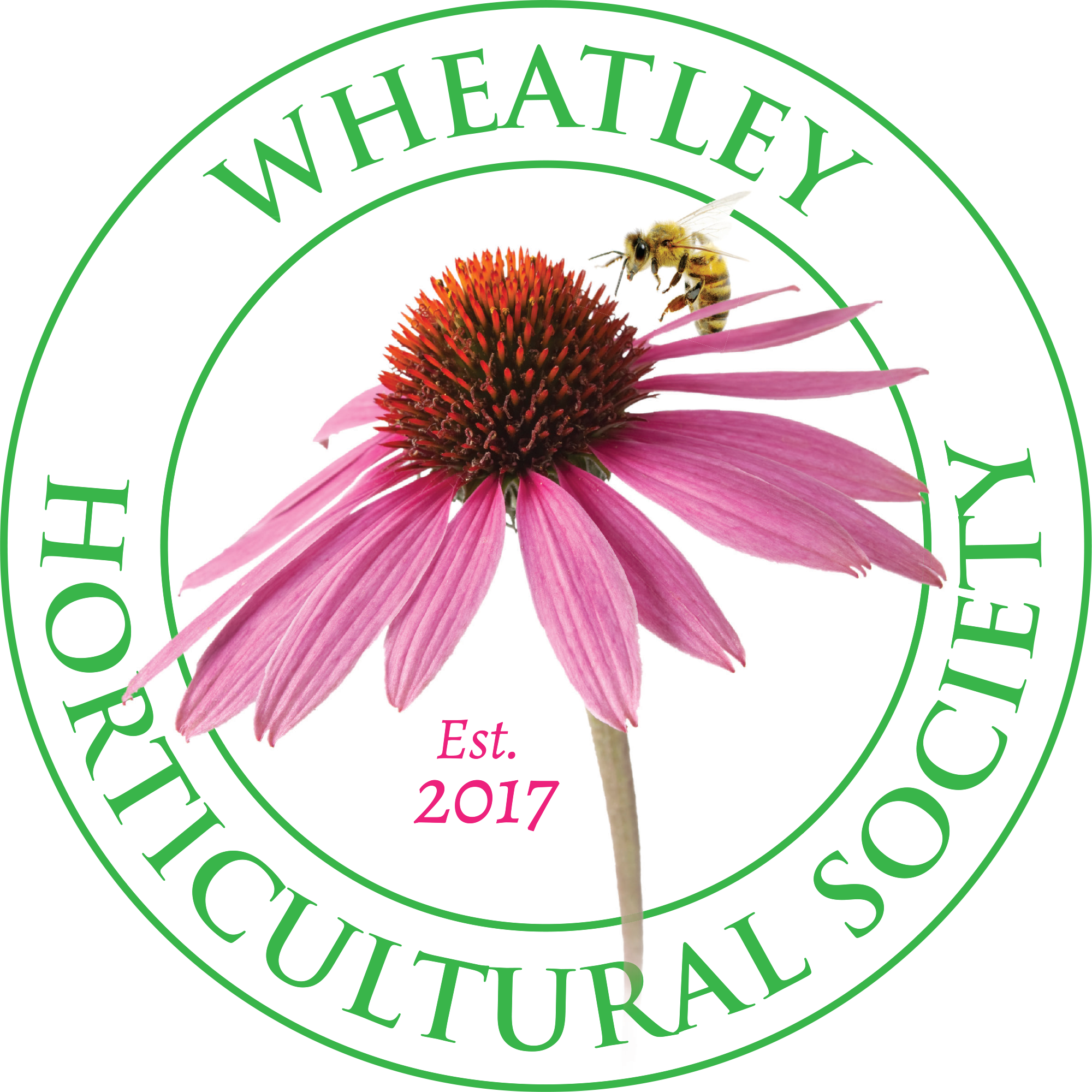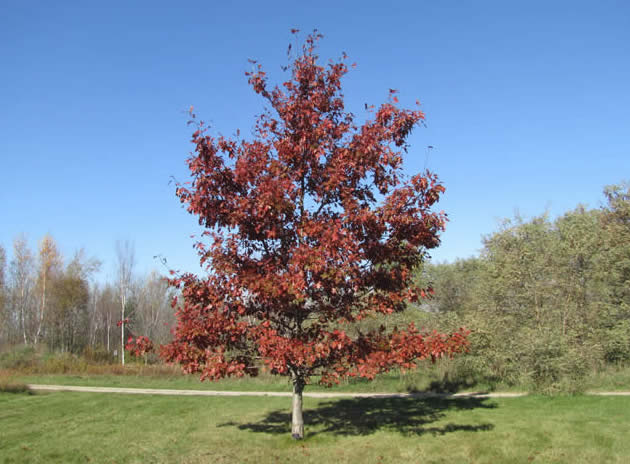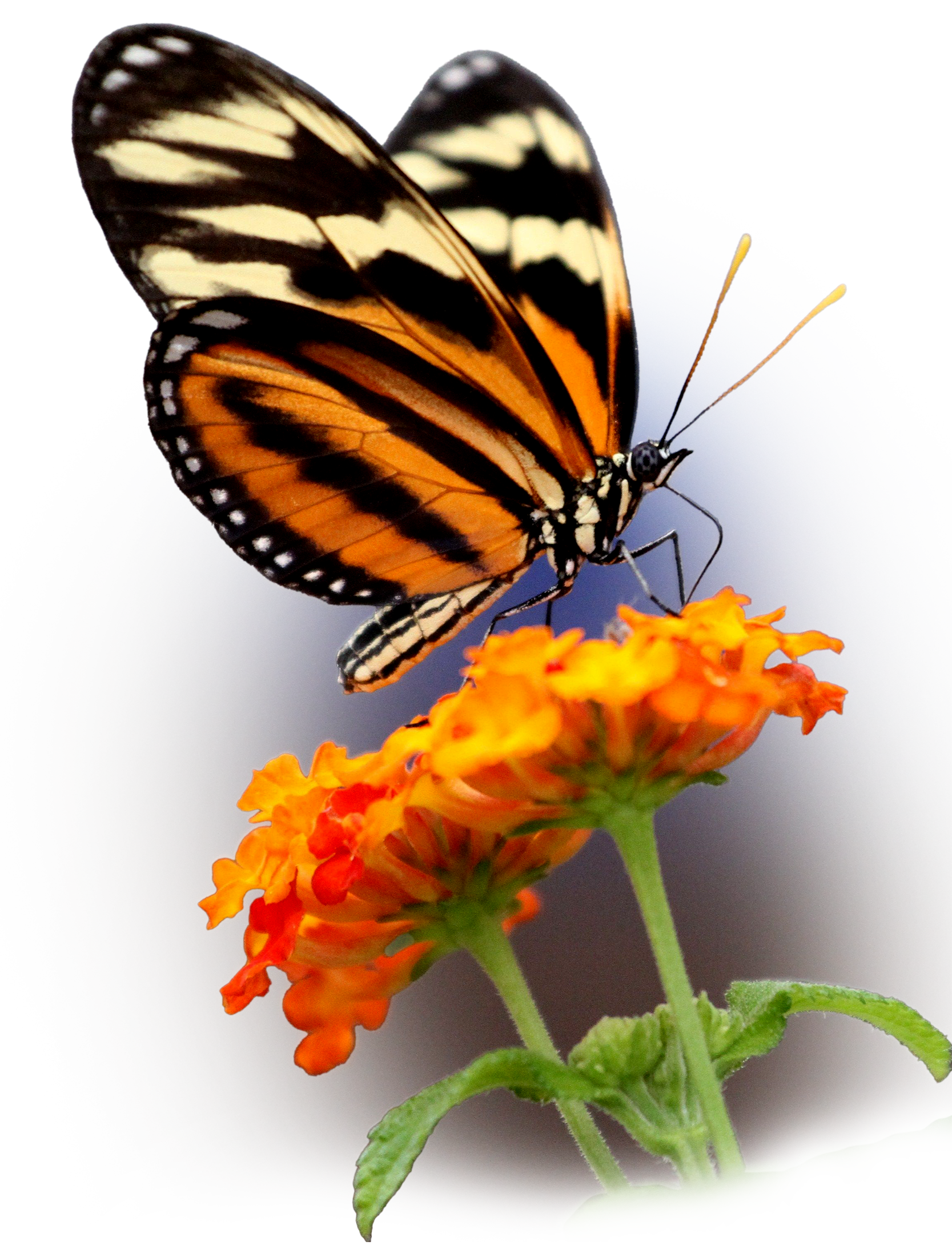This Saturday from 10 am to Noon, we’ll be having a tree give away as part of our Phase 2 Trail Naming Celebration. We’ve worked with the Lower Thames Conservation Authority to source Redbud, Black Cherry, Red Oak, Red Maple and Red Osier Dogwood trees to give away to Wheatley residents. These trees were purchased with the support of a CK Together grant.
Check out the profiles below and look around your yard. Take note of the size of space, what is surrounding the area, what your soil texture and moisture is like and how tall of a tree would be appropriate. What would be best suited for the space you have? Alyssa from the LTVCA will also be on hand to help you decide. Limited numbers of each species are available.
Eastern Redbud Cercis canadensis
Eastern Redbud is a medium sized woodland understory tree growing 25’ tall and about as wide. Multibranched and divided low on the trunk, its spreading, ascending branches form a flat to rounded crown of heart shaped, pointed, papery leaves. Redbuds start flowering when 4-6 years old, masses of rosy pink blooms covering the branches and often the trunk for 2-3 weeks in early spring before leaf out. Flowers are an early season source of nectar for butterflies and hummingbirds; pollen for honeybees; seeds and buds food for songbirds; caterpillars and insects that feed on the trees are a source of food for the birds. Flat, dry, bean-like seed pods follow the
flowers and may persist on the tree into winter. Redbud grows on any site that is not excessively wet, dry, or acidic. It is an indicator of alkaline soils in its natural range, preferring deep, rich, moist soils in either full sun or partial shade. A short lived tree (50-75 years), they are best planted when young in small groups in naturalized settings and left undisturbed as they do not transplant well. ‘Canadensis’ is in reference to southern Ontario being part of its native range.

Red Oak Quercus rubra
The majestic red oak is the tallest and fastest growing of all the oaks, soaring up to 50-100’ in height. A deeply ridged, grey trunk boasts an open, rounded, broad spreading crown, the deeply and sharply toothed leaves with bristly tips emerging dark green in spring and turning brown-red in fall. Trees are deeply tap rooted, preferring moist, acidic, well drained soils in full sun.
Native to south eastern and south central Canada, the oak supports a variety of birds and small mammals. Acorns may take up to 40 years before abundant crops are produced; wild turkeys are known to eat up to 221 acorns in one sitting! Leaves persist on the tree into the winter providing habitat for squirrels, trunk cavities act as nesting sites for woodpeckers, and low branches provide winter cover. Long lived at 150-500 years, the red oak is adaptable to pollution, black walnut, and a variety of soil conditions, making it an ideal choice for shade and street trees.
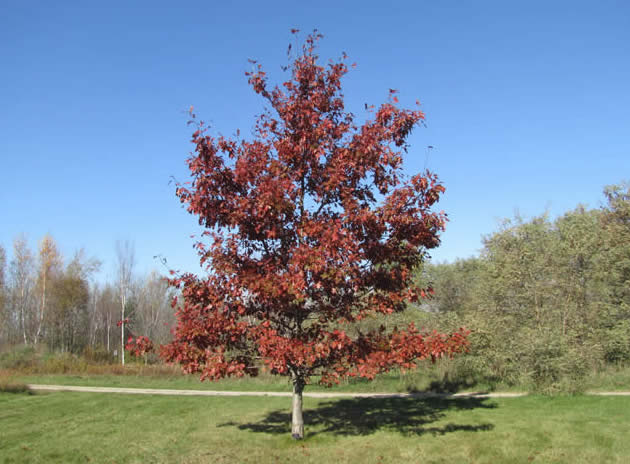
Red Maple Acer rubrum
Considered a “soft maple”, red maples are named for their brilliant fall foliage. Over their 100 year lifespan, they can reach 80 feet in height. Found throughout Southern Ontario and to the edge of the boreal forest, they do best in wet, acidic soils of a variety of textures. They prefer full sun locations. Red maples are susceptible to damage during storms, but light pruning can help prevent overcrowded branches. In the spring, sap can be collected to produce maple syrup.
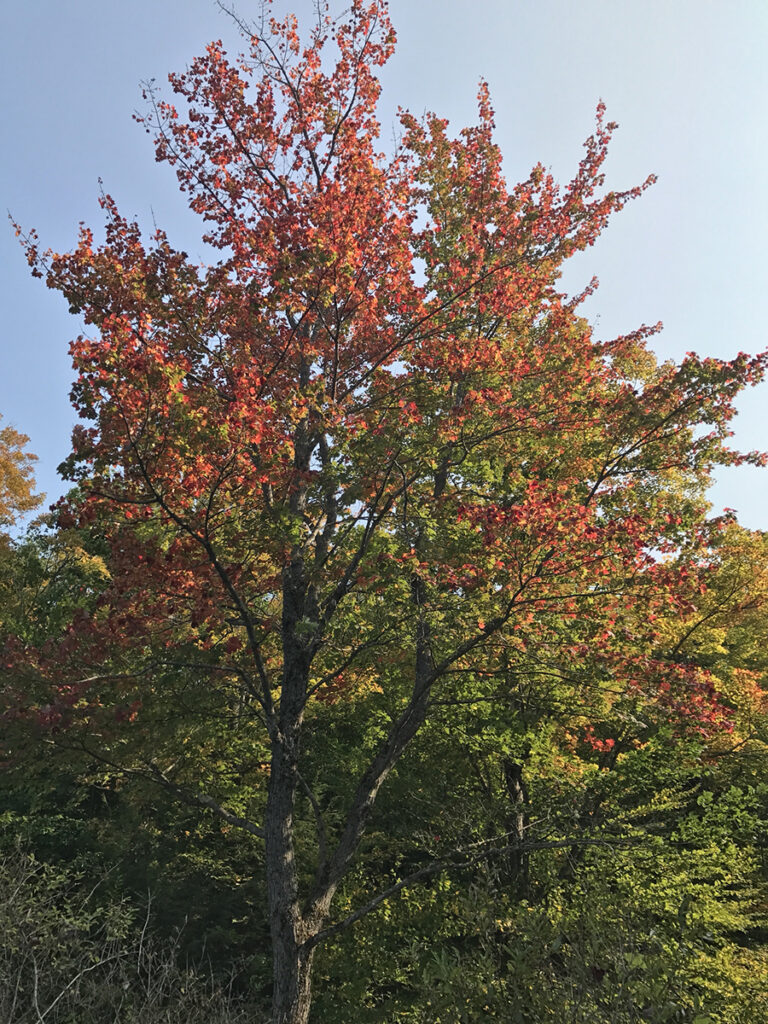
Black Cherry Prunus serotina
Growing across Southern Ontario, black cherries grow in a diverse variety of soil moisture and textures. They prefer full sun, and in cooler climates they remain more shrub-like. In our area, they would be expected to reach up to 70 feet in height unless they were kept pruned to a shrub. Black cherries bloom in the spring after their leaves are fully developed and produce a bitter, dark red cherry from August to early September. Many birds and mammals enjoy these cherries. Black cherry trees are suited to being specimen trees because of their attractive flowers and berries.
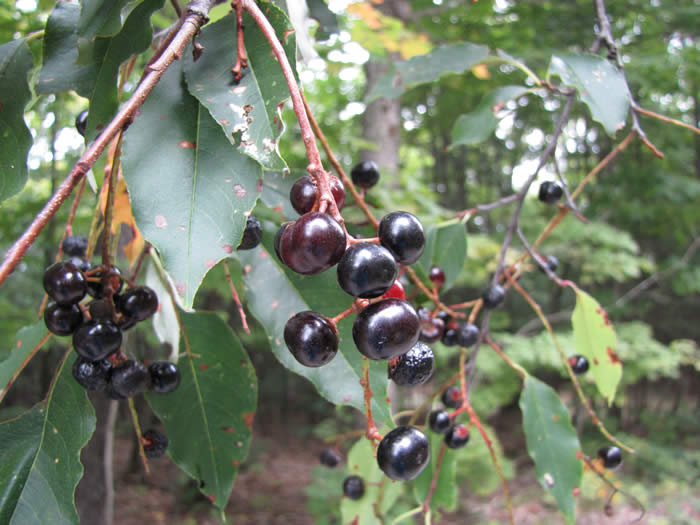
Red Osier Dogwood Cornus sericea
This deciduous shrub is well known for its bright red twigs that adds all season interest to a garden, especially when paired with evergreens. White blooms in the late spring give way to white berries and then red-orange leaves in the fall. Their think foliage and berries are enjoyed by birds. Red Osier Dogwood can reach up to 12 feet tall but can be kept to a smaller size with trimming. They prefer medium to wet medium textured soils (sandy loam, loam and clay loam) and part shade to full sun.
